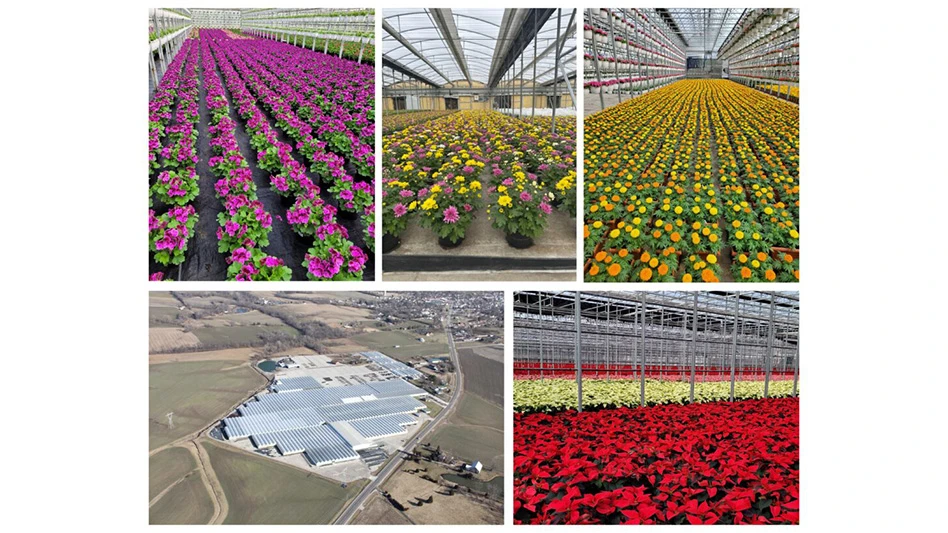

Hydroponic growing holds the promise of optimized growth by exact control of nutrient availability and root environment. It can also conserve fertilizer and precious water. Yet many hydroponic enthusiasts would admit they are drawn to the dazzle of technology more than to practicality. Experienced growers have learned the rather bland adage that a successful crop comes down to doing the right thing, the right way, at the right time.
1. Don’t reinvent the wheel.
No, it’s not rocket science, but pay attention to the details. See how hydroponics equipment manufacturers met challenges with their commercial hydroponics units, and then build your own. Don’t steal their design — improve it. Their designers were hamstrung by having to make the main hydroponics system and its components (such as the buckets, gutters, pumps, plumbing fittings, reservoirs and support stands) shippable, cost-effective and easy to assemble. Yours can be better, or you may even develop more of an admiration for the turnkey unit and buy more.
2. Grow a few plants in soil in the same room.
Is all this investment of time and money providing you the benefit you think it is? Challenge yourself to demonstrate that, but not through a controlled research study, as too many variables are different. Instead, plant three pots at the same time as the hydroponic unit, with the same clones, and care for them like you normally would for soil-grown cannabis. Repeat this process three times for accuracy and to be sure it’s worth the investment.
3. Automate pH control.
My university mentor taught me this: 80% of your crop problems will be nutritional, and of those, 80% will be pH problems. Hydroponics does not optimize nutrient uptake if the pH of the solution drifts out of optimum range for long periods, which is common. One solution is to purchase or build a system of sensors, peristaltic pumps and controllers, and plumbing, to automate pH control. Build in redundant sensors in case one fails.

4. Add silicon to the nutrient solution.
Dr. Bruce Bugbee of Utah State University reports that growers can come close to eliminating powdery mildew by adding silicon to their nutrient formula. Silicon also strengthens stems, reduces insect feeding, and improves recovery from water stress. The base of the trichomes consist mostly of silicon. Use laboratory-grade potassium silicate and closely follow the instructions provided by the Bugbee Lab in its free publication, “Utah Hydroponic Solutions” (bit.ly/UT-hydroponics). Note that it will raise the pH of your solutions.
5. Increase root zone dissolved oxygen.
Dissolved oxygen (DO) in the nutrient solution of at least 5 ppm needs to be maintained for healthy root growth and to prevent disease. Warmer nutrient solutions hold less DO, so it can be a challenge to maintain in hot cannabis grow rooms. Many new nano-bubbler or oxygen-generating systems for hydroponics are now on the market. The University of Guelph reports benefits in plant growth in tomato crops when DO increased up to 30 ppm, while higher levels of DO reduced root growth.

Explore the August 2022 Issue
Check out more from this issue and find your next story to read.
Latest from Greenhouse Management
- Terra Nova Nurseries introduces rust-free and disease-resistant heucherella
- John T. Nickel, founder of Greenleaf Nursery Co., passes away at 89
- Three tours offered at 2025 Farwest Show
- Garden Media Group announces sixth annual Women in Horticulture Week
- Star Roses and Plants announces National Knock Out Rose Day
- The Growth Industry Episode 4: How federal budget cuts are affecting horticulture nonprofits
- The thrips battle plan
- Pennsylvania Horticultural Society shares top gardening trends from 2025 Philadelphia Flower Show





